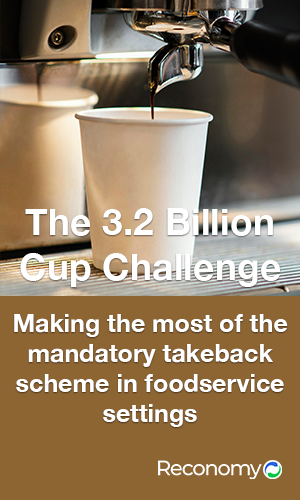Food businesses have been tasked with achieving a 50% absolute reduction in greenhouse gas emissions by 2030 as WRAP accelerated ambitions under the Courtauld Commitment.
The commitment, whose scope and membership covers the entire food supply chain, has been rebranded as the Courtauld Commitment 2030 reflecting changes to the targets for emissions, water and food waste.
The new carbon target is for a 50% absolute reduction in GHG emissions associated with food and drink consumed in the UK by 2030 against a 2015 baseline. This requires a higher rate of progress than the previous 20% reduction by 2025. WRAP described the revised target as “a critical milestone towards longer term net zero objectives”.
The target around water has also been strengthened. As well as businesses continuing to increase water use efficiency in their own operations, by 2030 the UK food and drink industry will have achieved sustainable water management in the top 20 most important product and ingredient sourcing areas in the UK and overseas – covering 50% of product ingredients deemed at risk from water insecurity.
A food waste target to achieve a 50% per person reduction in food and drink waste in the UK by 2030 has been updated to align with the same global goal under the UN’s sustainable development goals (SDG 12.3). It previously required a 25% reduction in per person food waste by 2025.
WRAP said aligning its own food waste target with the global target to halve food waste would mean UK food waste will be 800,000 tonnes lower in 2030 compared to 2025, saving food worth £2.4bn a year by 2030 and the equivalent of 1.9 billion meals.
WRAP brought together more than 80 businesses, trade bodies, NGOs, government departments and other organisations to set the new GHG targets.
“I’m immensely proud of what we’ve achieved under the Courtauld Commitment 2025 during the last five years,” said WRAP CEO Marcus Gover. “But with COP26 fast approaching, the new Courtauld Commitment 2030 has been refreshed to build on this success and meet newer demands of climate action head on.”









